Messy Play, Haptic Touch, and Sensory Needs - a presentation by Anna Lidzey
The following presentation was given by Anna Lidzey to the ACWS Sensory Hackathon at the Apricot Centre Essex on the 12th May 2017. Anna has kindly given permission for this to be made publicly available.
The Origin of sensory needs
1. Childhood development in Utero alcohol, drug and cortisol genetically organizes the brain stem - epigenetics
2. Early Childhood Trauma - fearing for one's safety over stimulates the amygdala in extreme cases leaving the cortisol alarm switched on. Resulting in hyper arousal, hyper vigilance; hypo arousal - somatic numbing and dissociation.
The cerebral cortex which organizes sensory motor and cognitive experiences - is experience dependent. It grows through stimulation in relationship with others. Brain scans show physically smaller cerebral cortex for neglected children.
The hippocampus/ limbic system which mediates the amygdala and the cerebral cortex is sensitive to the stress hormone adrenaline and is most affected by trauma. Therefore the part of the brain that restores equilibrium and regulation (any info that it may be helpful in distinguishing between e.g. attacker and friend) is lost.
The experience is located throughout the brain but experienced predominantly in the hippocampus - a place beyond words. Levine (2010): says that recovery from trauma does not require understanding and remembering. The bottom up vs. top down approach of psychotherapy. Words don’t help we need some thing physical, tangible and practical that relates to the hippocampus.
“It is not the gravity of the trauma that defines the trauma but the level of expressed helplessness”; Levine 2010.
Here the client does something that positively affects their relationship with their abuse and their dearth of positive relationships.
Kinesthetic experiences and physical actions release energy and sensory focuses on internal and external sensations.
Rhythmical movements
Resistant materials. Both stimulate kinesthetic motor function. The hands are instrumentally connected to the tribune brain.
Haptic perception and haptic touch
Chinese and Ayurvedic medicine see the whole of the person in their hands. Touch is one of the most fundamental human experiences:
Basis For secure attachment, the infants perception of love and safety through skin contact and being caressed and held.
Earliest memories are felt in the body
The ability to literally ‘handle the world’
Sexuality
Bodily violations
Touch synchronizes:
Body rhythm
Body temperature
Emotion
Parasympathetic nervousness system activated
Three core ways to touch: (ref Deuser and Elbrecht)
Skin sense refers to sensory perceptions with the flat hand. Creaming of the hands and under fore arms, supporting self nurturing impulses lacking developmentally.
Materials: Clay, cornflower, shaving foam, hand cream, gelli baff.
Balance The communication between hands correlates to the integration of left and right hemispheres.
Materials: model magic.
Depth sensibility describes the active hand that penetrates manipulates, squeezes, digs out and builds. This sense is closely related to the development of ego consciousness, the ability to handle the world.
Materials: Clay, corn flour, sculpting with plaster of Paris bandages executive in sculpture.
Haptic perception is also linked to object relations. The hands enter a relationship with the materials. They material is neutral and only feedback what the hands project onto it. Yet provides a basic need to find the other, to grasp and grab and to have for oneself.
A developmental stage of this work is for the client if they feel moved to, to bring the therapist into the sensory work. For some this simply helps them to feel more safe, as the mess is experienced by another. For others to have the confidence to join with another through touching hands through play. Finding a centre in oneself from which to invite another to play to experience together mess making and to indulge in the joy of senses.
This touch can also trigger experiences of sensual nurturance or of violation and abuse. The therapist’s role is to encourage sensory awareness and not cognition perception. Not the blind use of actions and motor impulses but the client is supported in developing an increasing awareness of their genuine needs and impulses.
References:
Being touched through touch. Trauma treatment through haptic perception at the clay field: a sensorimotor art therapy; by Cornelian Elbrecht and Liz antcliff
Other thoughts on mess:
Chocolate or shit; article by Felicity Aldridge:
Children make mess when confused, expressing an internal feeling. Important for the therapist to experience this mess, touching them with the mess and indulging together, making the experience safer. Use paper. Or wood pulp or mod rock to add to the mess. Filling containers with mess, is indicated when there is neglect, hunger, or just feeling empty and wanting to rid this feeling.
Are children trying to remake themselves through art, how to express a bodily feeling when words cannot? Shit is prized in potty training and something that they have produced. Maybe the therapist will respond positively like mum previously. Linking emotions beauty and ugliness.

